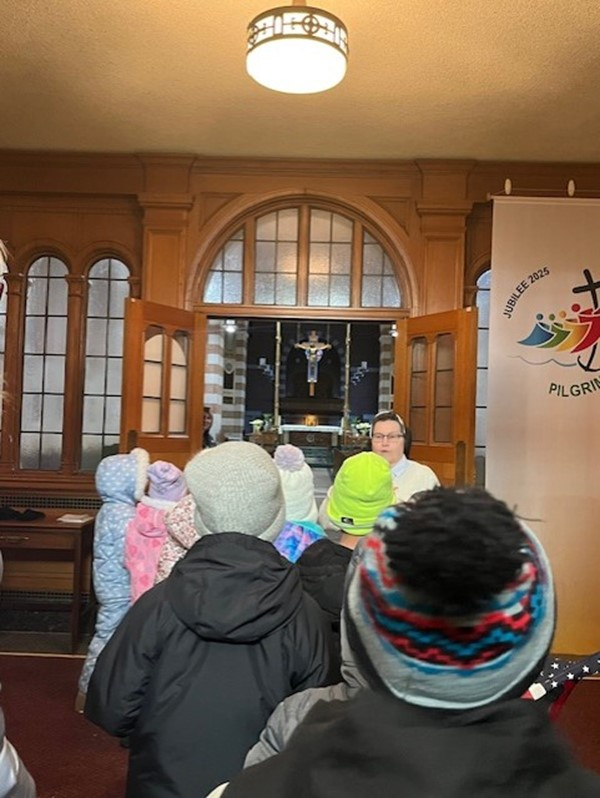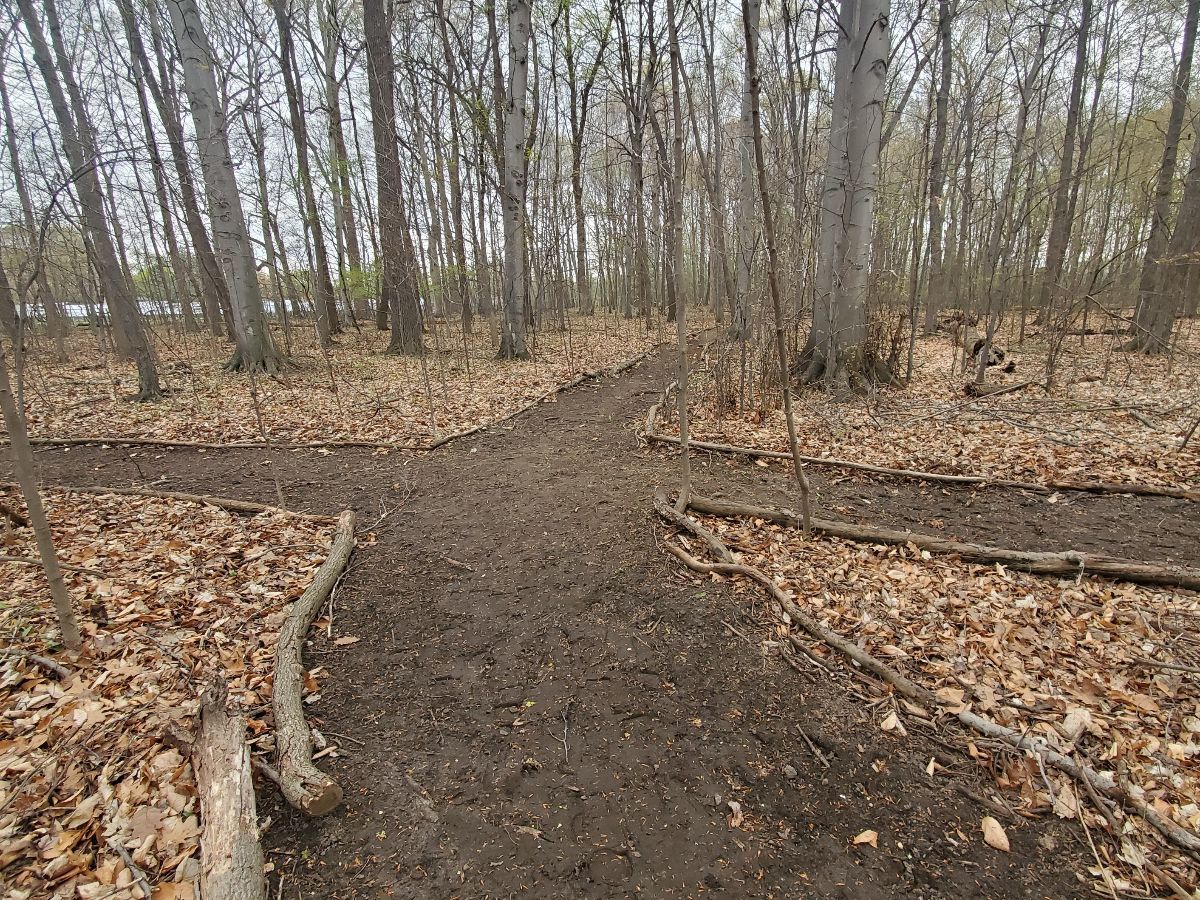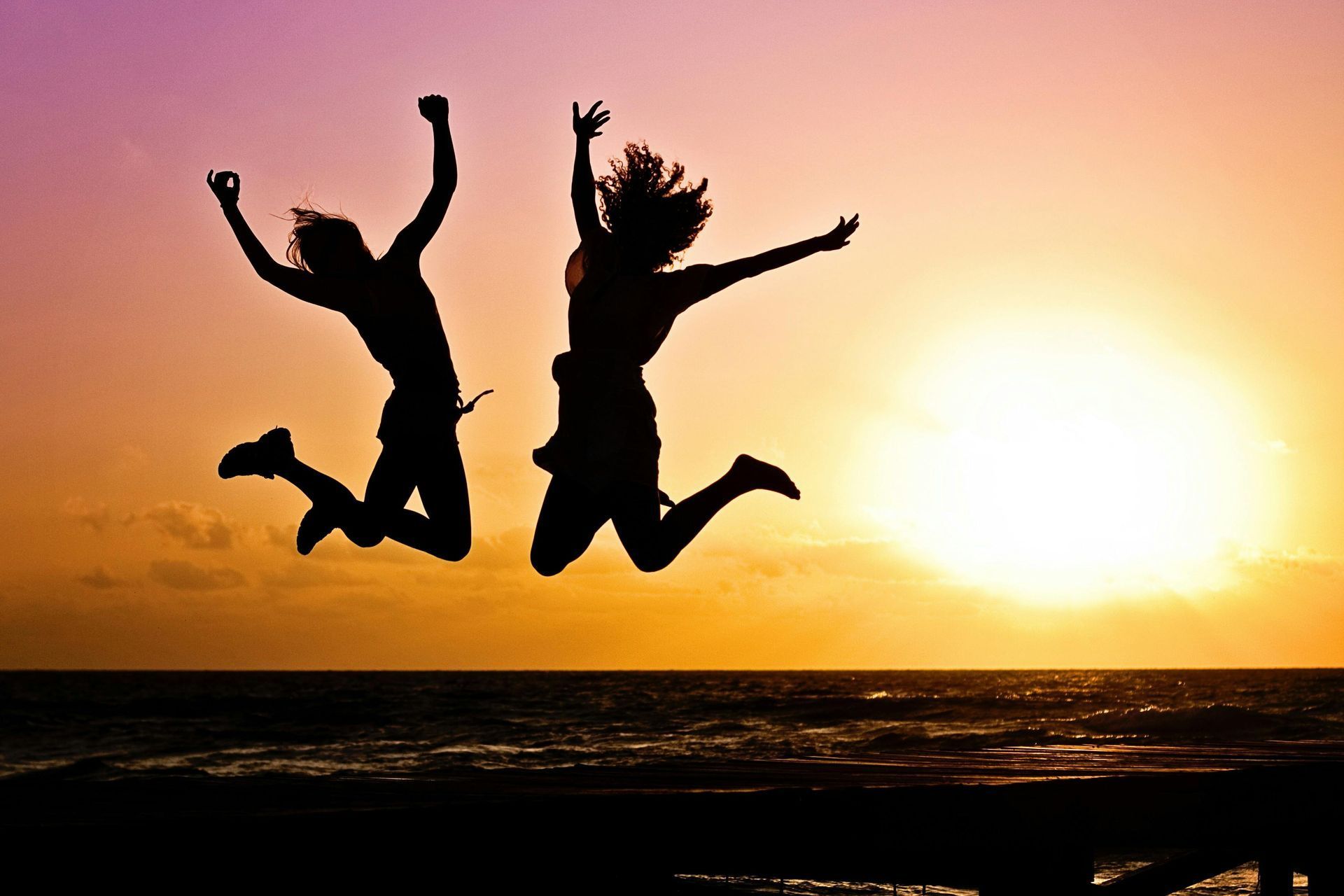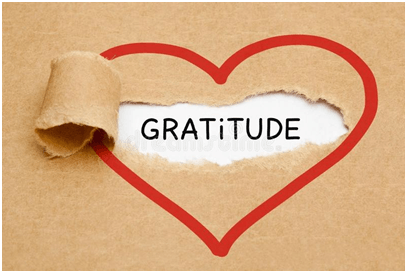Blog

Presentation of the Blessed Virgin Mary Chapel chosen as a pilgrimage site during this Jubilee Year!
Presentation of the Blessed Virgin Mary Chapel chosen as a pilgrimage site during this Jubilee Year!

You know the feeling the morning alarm goes off, and you begin the process of getting yourself and your children ready to leave for school and the business of your day. You may start this process each morning with the added time constraints of getting your children to school and yourself to work on time or to a personal appointment. Each new morning gives us the possibility of a peaceful morning. You know, the ideal morning when you can sit down and enjoy a hot and uninterrupted coffee. Your children are dressed and eating their breakfast with a delightful hum in the air. All is right with your world. How does this day look so different from yesterday's quarreling and tears? What did you change? The first thing that most likely changed was that you placed time in the position of a friend versus a foe. So, how did you go about that? Most likely, you prioritized what had to be done. Each of you needs to dress, eat, brush your teeth/hair, and put on shoes with everything packed for the day. Perfection isn't the aim, so let that go quickly—take deep breaths.

A frequent question of prospective parents recommended to us by friends and family members involve our reading approach. We get (and love) that our approach is different and based on how the brain develops in children from infancy through sixth grade. Let’s take a look inside the many pieces of our Montessori Center of Our Lady reading process…

Children are born to be adventurous and our new outdoor wooded trails naturally fill their desire for adventure, while bringing our Montessori science curriculum to life! We are the first to say we are blessed to have such beautiful green space on our campus! We have a "commercial" playground, a bike path, open running spaces, concrete pads, and 12 raised garden beds our students tend. While we ❤️ love these incredible outdoor offerings, we longed to add wooded outdoor trails for the children we serve.






